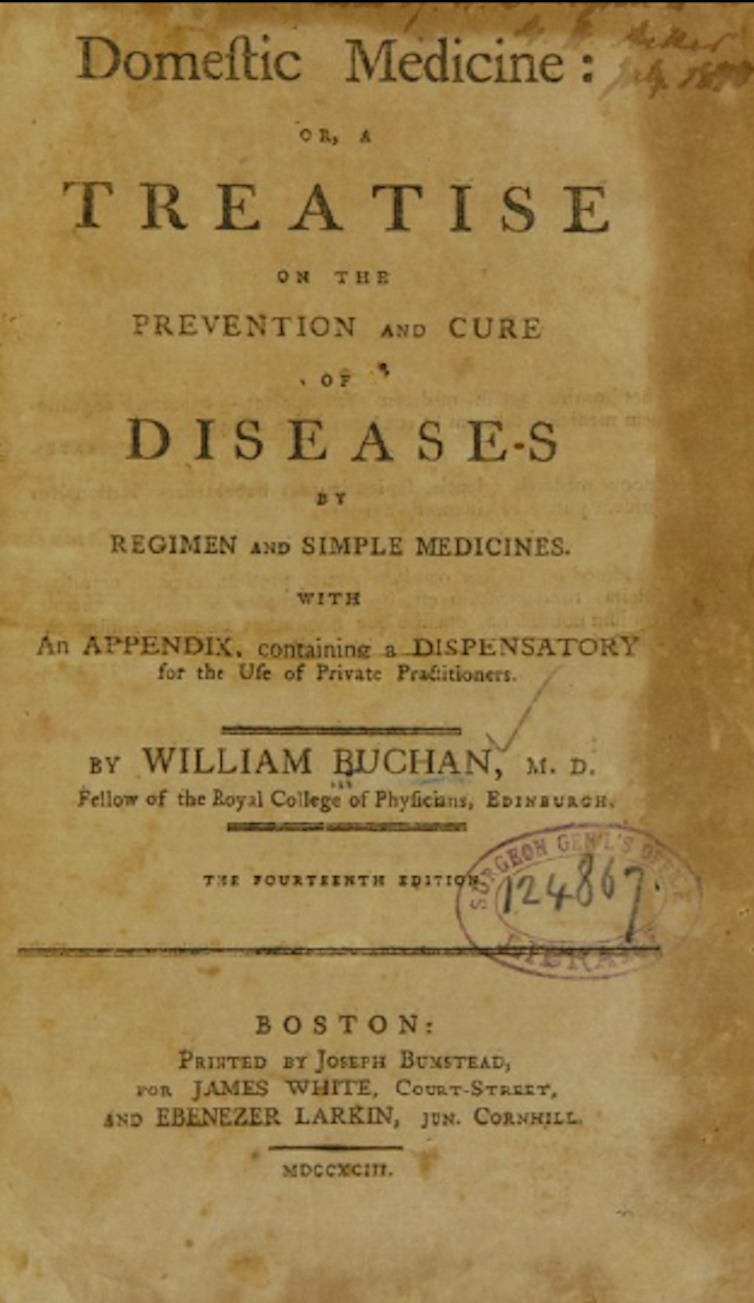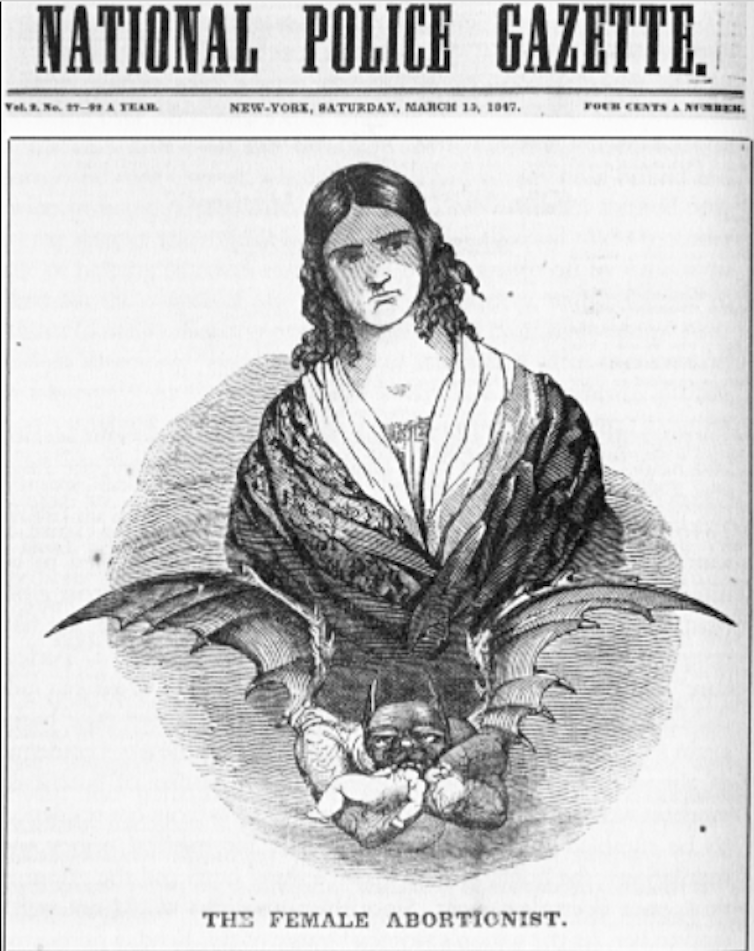CONFEDERATE STATES OF AMERIKA
An Ugly New Era of States Rights
The Supreme Court has overturned Roe v. Wade — and with it, half a century of constitutional precedent.
At least 26 states are now likely to criminalize abortions, often without exceptions for rape, incest, or life-threatening pregnancies. In Louisiana, people seeking abortions could even face execution, which doesn’t strike me as particularly pro-life.
A few states are already rushing to attack contraception too, with officials in Idaho and Louisiana pushing to ban IUDs, the morning after pill, and other common birth control methods. Hardline lawmakers are also likely to ban methods of conception, including in-vitro fertilization, or IVF.
Down the line, experts warn that the rights to interracial marriage, same-sex marriage, and even divorce, parental custody, and the right to accept or refuse medical treatment could be in jeopardy. People’s control over their own intimate decisions and private lives is at stake.
But among the most alarming things in the ruling is its sneering pretense that this is somehow about safeguarding democracy. “It is time to heed the Constitution and return the issue of abortion to the people’s elected representatives,” wrote Justice Samuel Alito.
That’s the same “states’ rights” deceit once used to defend segregation. The truth is that in many states, so-called “elected representatives” pick their voters — not vice versa. And that’s leading to a new wave of extremism in statehouses.
Supreme Court Justice Louis Brandeis once called states “laboratories of democracy.” These days, as former Hamilton County, Ohio commissioner David Pepper put it in his book of the same name, many have become “laboratories of autocracy.”
Pepper and I share a home state that’s a case in point. In Ohio, a Trump-appointed federal judge just allowed Ohio Republicans to force illegally gerrymandered maps on voters, who twice voted overwhelmingly for fairer districts. The state Supreme Court ruled four times that the maps illegally diluted Ohioans’ voting power, but we’re stuck with them anyway.
Most Ohioans are pro-choice, but thanks to maps like these we now have one of the strictest abortion bans in the country. That’s why “returning power over basic civil rights to illegally gerrymandered states like Ohio is an absolute disaster in waiting,” concludes David DeWitt in the Ohio Capital Journal.
It gets even more absurd elsewhere.
In states like Wisconsin, Michigan, and North Carolina, Democratic lawmakers have repeatedly gotten more votes than their Republican counterparts. But rigged maps keep giving Republicans sizable majorities — which they’ve then used in all three states to strip power from Democratic governors elected statewide.
Across the country, methods like these are used to ram through extreme legislation that ignores the will of voters. For example, recent polling suggests at least 34 states plus D.C. have pro-choice majorities or pluralities. Many are banning abortion anyway.
It’s not just abortion. Again and again, unaccountable state governments are showing themselves incapable of decent governance.
Florida is ripping up K-12 math books — yes, math books — that allegedly teach “critical race theory.” Unhinged Tennessee lawmakers are calling for literal book burnings. And one-party states nationwide are making it harder to vote.
Frankly, things aren’t much better at the federal level — and Alito should know.
Five of the six conservative seats on the Supreme Court, including Alito’s, were appointed by Republican presidents who initially lost the popular vote — and confirmed by Republican Senate “majorities” representing a minority of Americans.
The same Supreme Court has repeatedly upheld extreme gerrymandering and voter suppression while lifting bans on money in politics. This court, in short, has made it much harder for people to choose their own representatives.
The loser here isn’t the big-D Democratic Party. It’s small-d democracy. When politicians can do whatever they want to us, everyone loses.
Decades ago, it took a national civil rights movement and federal legislation to reclaim common sense and decency from extremist state governments. Today, it’s also going to take reforming the Supreme Court.




